Tag: Corps of Engineers
Wikipedia says: The Army Corps of Engineers played a significant role in the American Civil War. Many of the men who would serve in the top leadership in this organization were West Point graduates. Several rose to military fame and power during the Civil War. Some examples include Union generals George McClellan, Henry Halleck, and George Meade; and Confederate generals Robert E. Lee, Joseph Johnston, and P.G.T. Beauregard. The versatility of officers in the Army Corps of Engineers contributed to the success of numerous missions throughout the Civil War. They were responsible for building pontoon and railroad bridges, forts and batteries, destroying enemy supply lines (including railroads), and constructing roads for the movement of troops and supplies. Both sides recognized the critical work of engineers. On 6 March 1861, once the South had seceded from the Union, its legislature passed an act to create a Confederate Corps of Engineers.
The South was initially at a disadvantage in engineering expertise; of the initial 65 cadets who resigned from West Point to accept positions with the Confederate Army, only seven were placed in the Corps of Engineers. The Confederate Congress passed legislation that authorized a company of engineers for every division in the field; by 1865, the CSA had more engineer officers serving in the field of action than the Union Army.
One of the main projects for the Army Corps of Engineers was constructing railroads and bridges. Union forces took advantage of such Confederate infrastructure because railroads and bridges provided access to resources and industry. The Confederate engineers outperformed the Union Army in building fortifications that were used both offensively and defensively, along with trenches that made them harder to penetrate. This method of building trenches was known as the zigzag pattern.
Showing 1–16 of 29 results
-
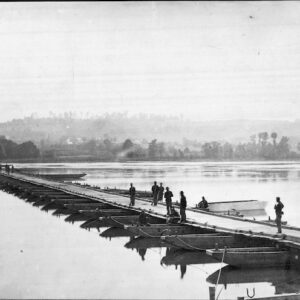
Image ID: AAPI
$1.99 -
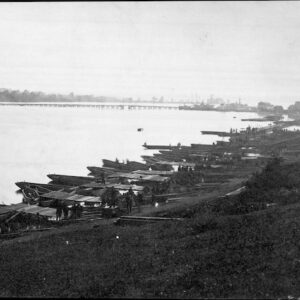
Image ID: AAPJ
$1.99 -
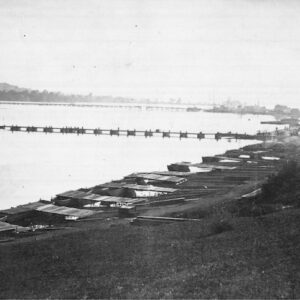
Image ID: AAPK
$1.99 -
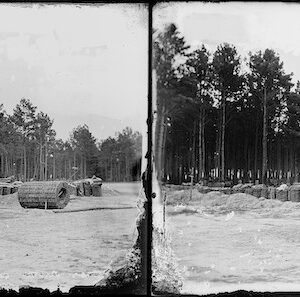
Image ID: AAQZ
$3.99 – $6.99 -
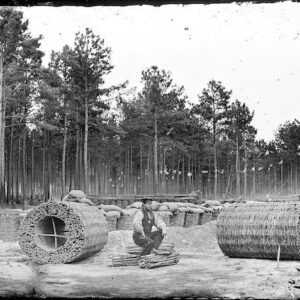
Image ID: AARB
$4.99 -
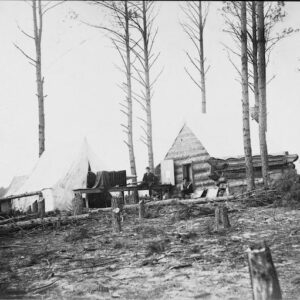
Image ID: AJIB
$6.99 -
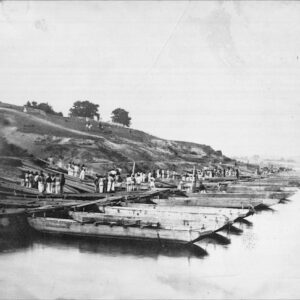
Image ID: AMYX
$1.99 -
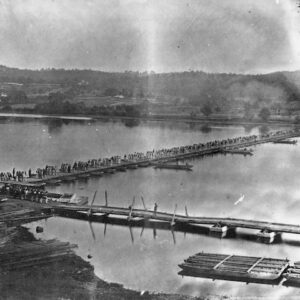
Image ID: AMYY
$1.99 -
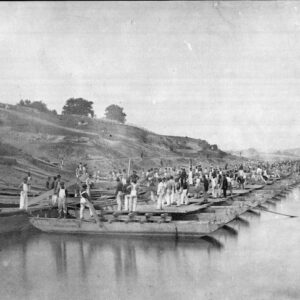
Image ID: AMYZ
$1.99 -
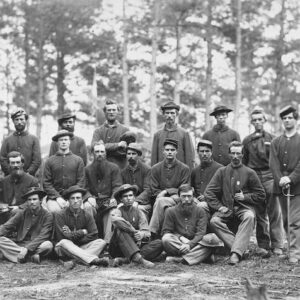
Image ID: APVF
$6.99 -
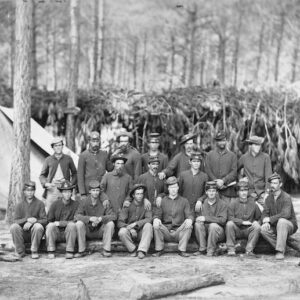
Image ID: APWG
$6.99 -
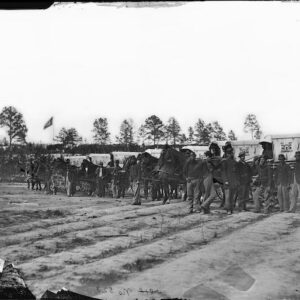
Image ID: AQMS
$6.99 -
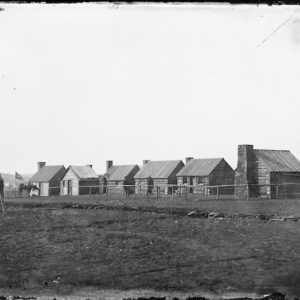
Image ID: AQNQ
$6.99 -
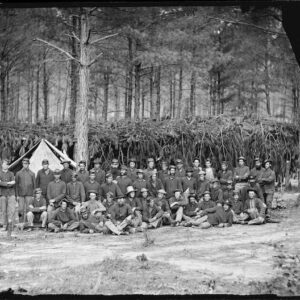
Image ID: AQOJ
$6.99 -
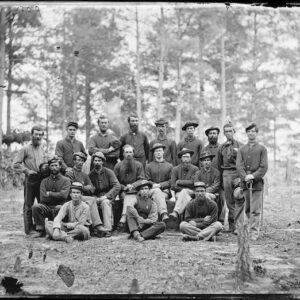
Image ID: AQOK
$6.99 -
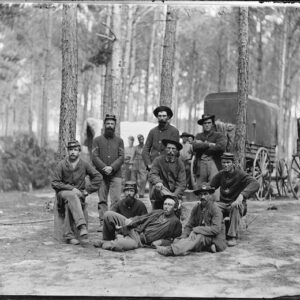
Image ID: AQOL
$6.99